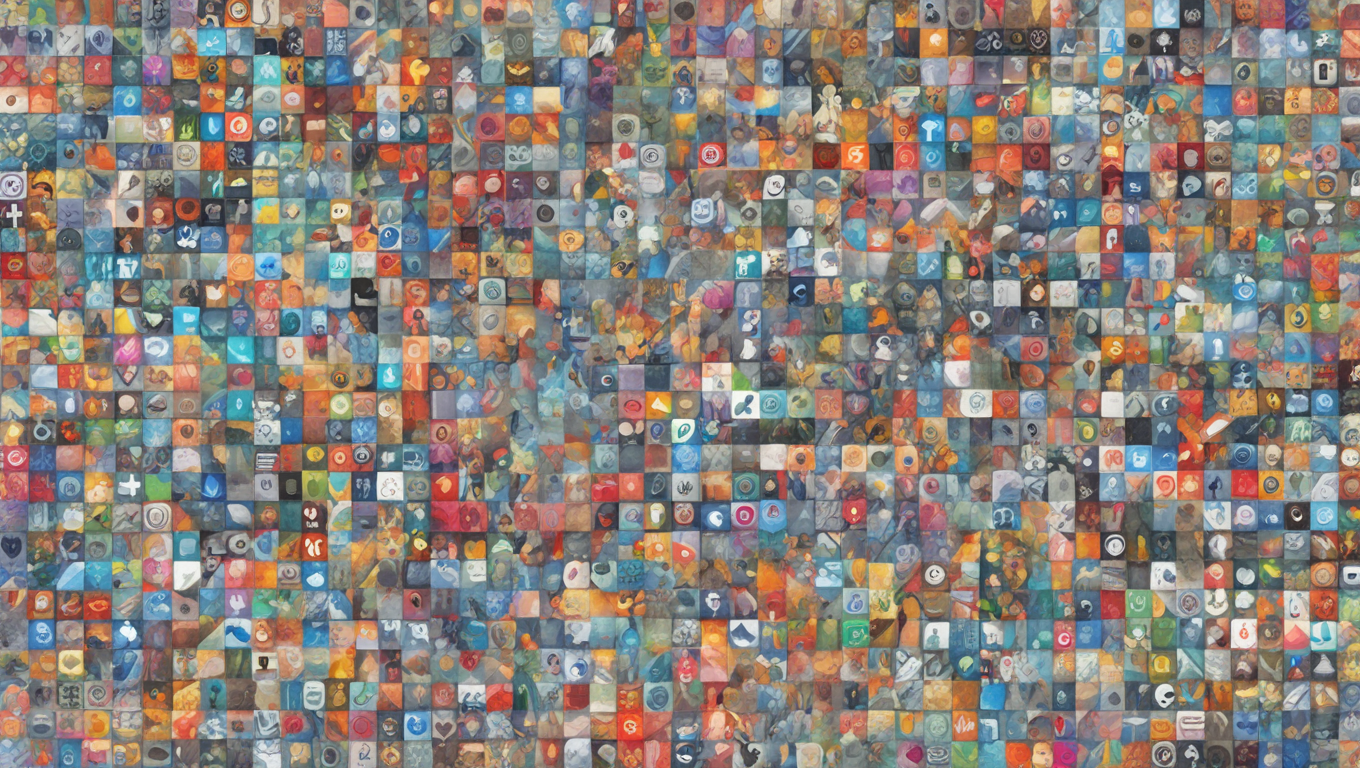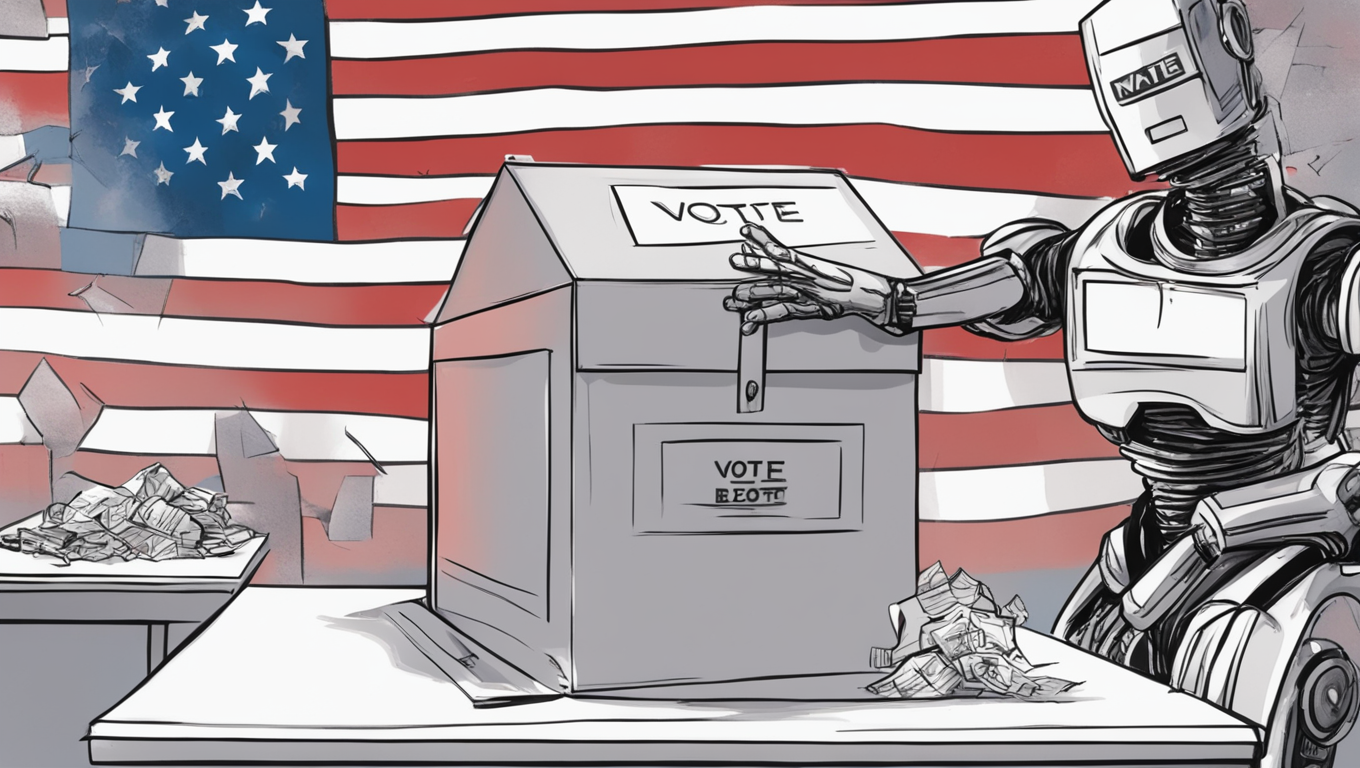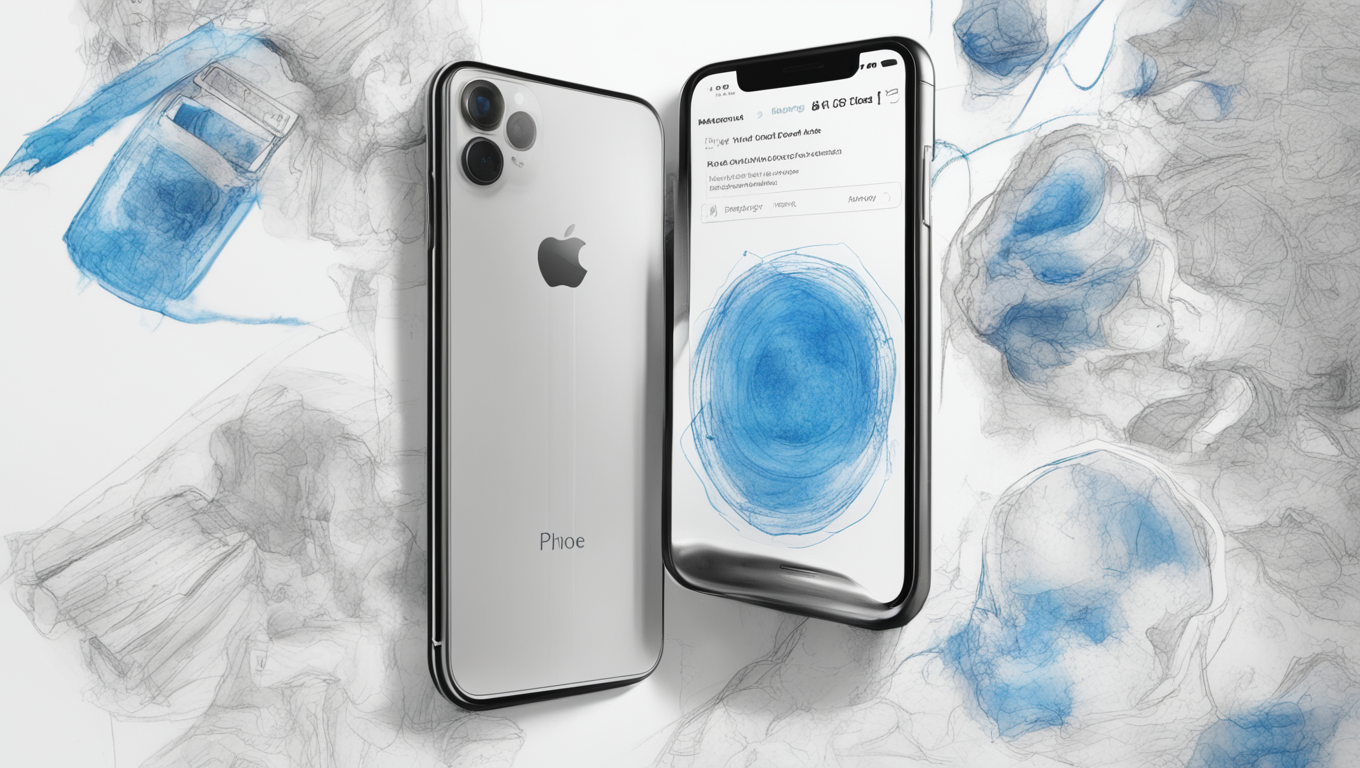In a move to combat misinformation and promote transparency, TikTok announced on Thursday that it will start using a technology called “Content Credentials” to label images and videos generated by artificial intelligence (AI) on its platform. The technology, spearheaded by Adobe and open for other companies to use, adds a digital watermark to denote how images were created and edited.
There has been growing concern among researchers that AI-generated content could be used to spread misinformation and interfere with elections. TikTok, along with 20 other tech companies, had previously signed an accord pledging to fight against this. YouTube and Meta Platforms, the parent company of Instagram and Facebook, have also announced their plans to implement Content Credentials.
For Content Credentials to work effectively, both the maker of the generative AI tool and the platform used to distribute the content must agree to use the industry standard. For example, if someone uses OpenAI’s Dall-E tool to generate an image, OpenAI attaches a watermark to it. If that image is then uploaded to TikTok, it will be automatically labeled as AI-generated.
TikTok, which is owned by China’s ByteDance, has 170 million users in the United States. Recently, the US passed a law requiring ByteDance to divest TikTok or face a ban. In response, TikTok and ByteDance have filed a lawsuit, arguing that the law violates the First Amendment.
TikTok already labels AI-generated content made with tools within the app. However, this latest move will extend the labeling to content generated outside of the service. Adam Presser, head of operations and trust and safety at TikTok, emphasized the platform’s commitment to removing realistic AI-generated content that violates their community guidelines.
“We also have policies that prohibit realistic AI that is not labeled, so if realistic AI (generated contents) appears on the platform, then we will remove it as violating our community guidelines,” Presser stated in an interview.
By implementing Content Credentials, TikTok aims to provide its users with a clear understanding of the origins of the content they consume, helping them to differentiate between human-created and AI-generated content. This move not only contributes to the fight against misinformation but also adds a layer of transparency to the platform’s operations.
As AI continues to play an increasingly prominent role in content creation, it is crucial for platforms to adopt measures like Content Credentials to ensure the responsible use of AI-generated content. With more tech companies embracing this technology, the battle against misinformation and the protection of users in the digital landscape take a significant step forward.





Use the share button below if you liked it.